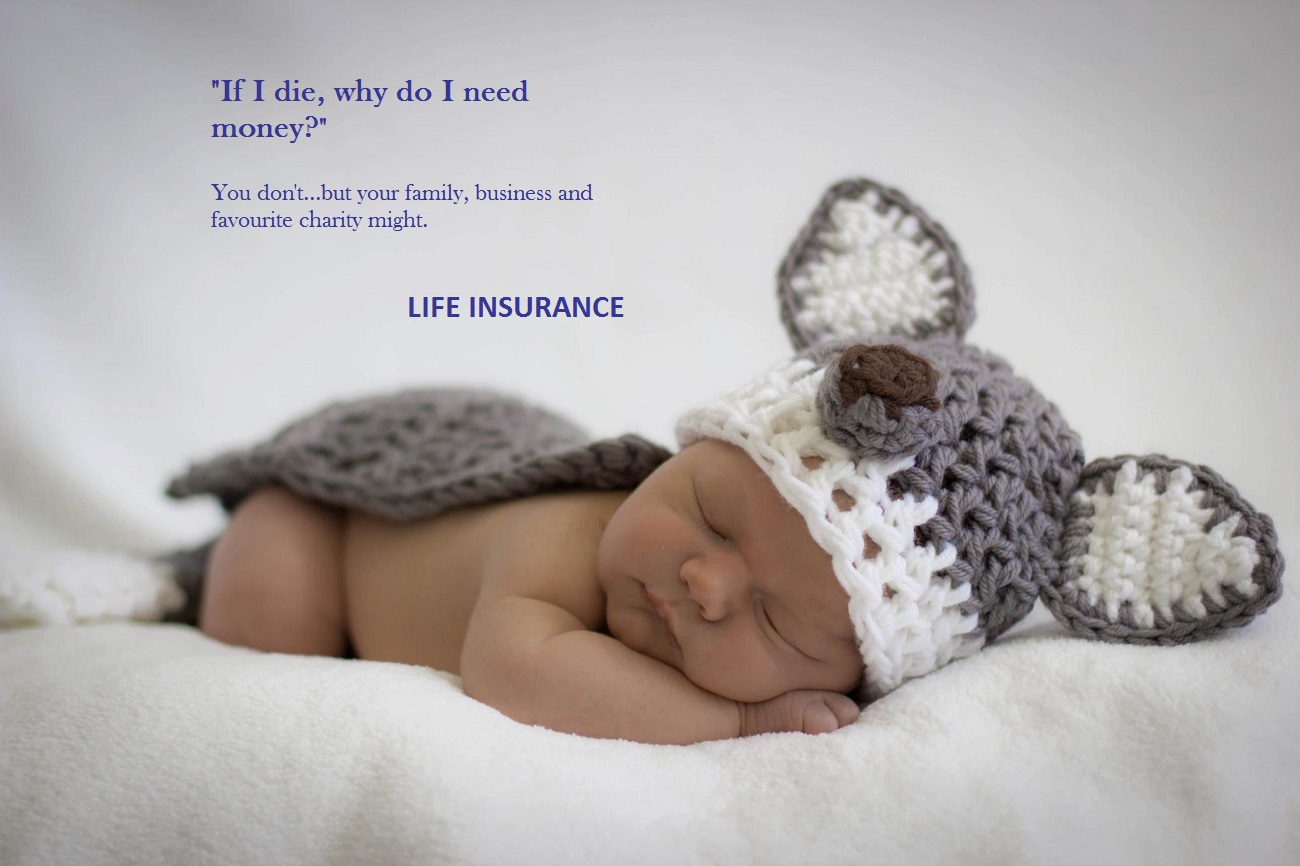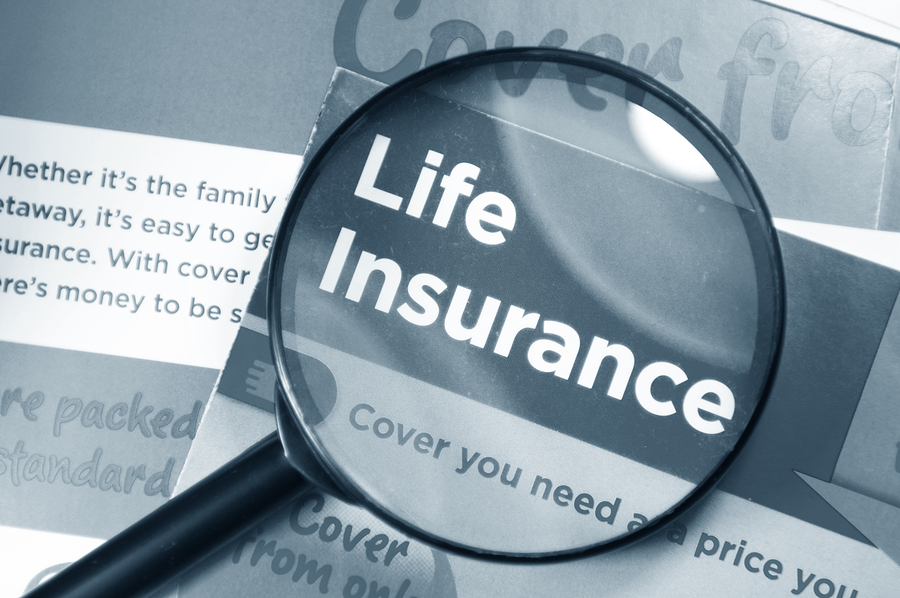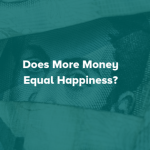 With September being Life Insurance Awareness Month, we thought it would be the perfect time to provide some education and dispel some myths about life insurance. This is the first in a series of articles about life insurance, which will go over several different types of coverages, how they work, as well as the pros and cons of each. Life insurance is vital for families, especially those with children, as it allows you to take care of the people that matter the most to you should the unthinkable happen. It ensures your hard work and legacy lives on even when you’re no longer around but, most importantly, allows you to do for you and your family what you can no longer do yourself – which is, provide an income. For the wealthy it can also be used as an advanced planning tool to mitigate the impact of taxes on winding down an estate or transferring wealth to the next generation.
With September being Life Insurance Awareness Month, we thought it would be the perfect time to provide some education and dispel some myths about life insurance. This is the first in a series of articles about life insurance, which will go over several different types of coverages, how they work, as well as the pros and cons of each. Life insurance is vital for families, especially those with children, as it allows you to take care of the people that matter the most to you should the unthinkable happen. It ensures your hard work and legacy lives on even when you’re no longer around but, most importantly, allows you to do for you and your family what you can no longer do yourself – which is, provide an income. For the wealthy it can also be used as an advanced planning tool to mitigate the impact of taxes on winding down an estate or transferring wealth to the next generation.
Yet, millions of Canadians are underinsured – they either don’t have enough life insurance coverage or don’t have any at all. There are generally 2 types of Life Insurance protection, which would get categorized as “Term Insurance” and “Permanent Insurance”. Some people believe term life insurance is better, while some say permanent is better. Let’s start by looking at the pros and cons of term life insurance.
What is Term Life Insurance?
As its name alludes to, term life insurance offers coverage for a term or specific period of time – also known as ‘temporary coverage’. It’s typically offered in multiples of 10, 20, 25, 30, and sometimes 35 years. Your coverage ends once the term is over or your premiums are unpaid.
Pros
- Cheap and Affordable
Term insurance is often cheap and affordable based on coverage. Premiums are a lot more affordable if your health is good and your coverage starts at a young age. Your premiums are averaged over the length of your coverage. In comparison, the premiums for permanent life insurance are typically a lot more costly, up front.
- Renewable and Convertible
Most term insurance is renewable and convertible (although not all policies are convertible). This means that, at any point during your coverage, you can convert some or all of your coverage into Permanent Coverage. Next to the death benefit, the most important thing to know is if your term insurance is convertible. If you get sick while you’re covered by term life insurance, you have the option of converting your policy to permanent insurance without any medical exam.
Term insurance is based on attained age and guaranteed for the amount covered. If you need additional coverage, it would generally require fresh underwriting, which means doing another application.
- Short-Term Needs
Term insurance is good for short-term needs. The affordability of the premiums makes it easier to divert funds to other planning needs like debt, saving for home, paying down your mortgage, and to cover loans. Financial experts like the Wealthy Barber David Chilton are a fan of the approach of buying term and investing the difference. Term life insurance doesn’t have an investment component, while many permanent life insurance has a cash value or investment option.
Cons
- Expires
Unlike permanent life insurance, which offers coverage for your lifetime, term life insurance eventually expires. If you outlive the term of your policy, you’ll have nothing to show for the premiums paid all those years – unless you renew.
- Renewal is Expensive
Renewing your term insurance can be costly. Once your coverage comes up for renewal, the premiums can increase many times over. Typically, you can only renew up to age 85. Renewable premiums are built in at a higher cost to account for possibility you become ill, since the renewal feature is guaranteed and there’s no medical to be done again. If you’re renewing and you’re in good health, applying for a new policy altogether might be cheaper. It’s important to understand while you can renew your term insurance, you can’t renew your permanent insurance (that’s because your permanent insurance lasts for the rest of your life).
Term insurance is generally more suited for younger individuals and families, who need protection against the loss of income of a primary earner for a stated period of time, at an affordable cost. For many families the only way they can afford the coverage they need, for the time when they need it is through term life insurance. If you’re thinking about life insurance, feel free to contact our office and let us help you fully weigh your options. Deciding between term and permanent isn’t an easy decision. It actually depends on the total financial picture of each family. It’s a good idea to sit with a professional to figure out which is best for your family.









